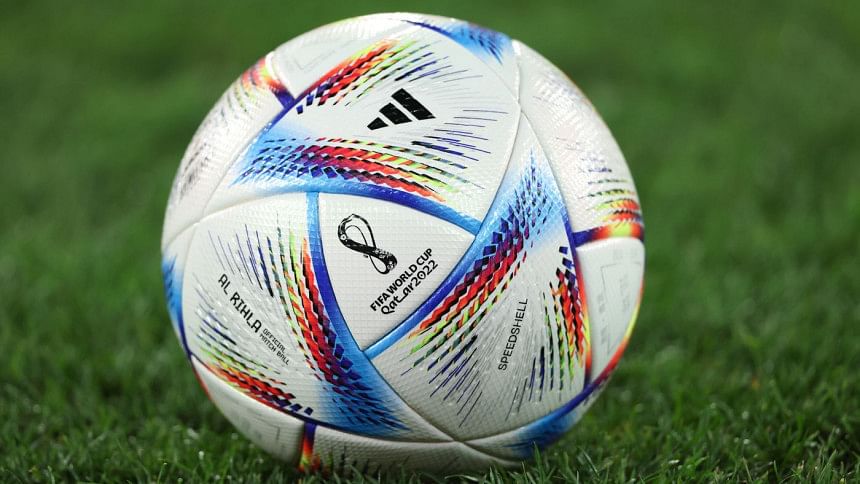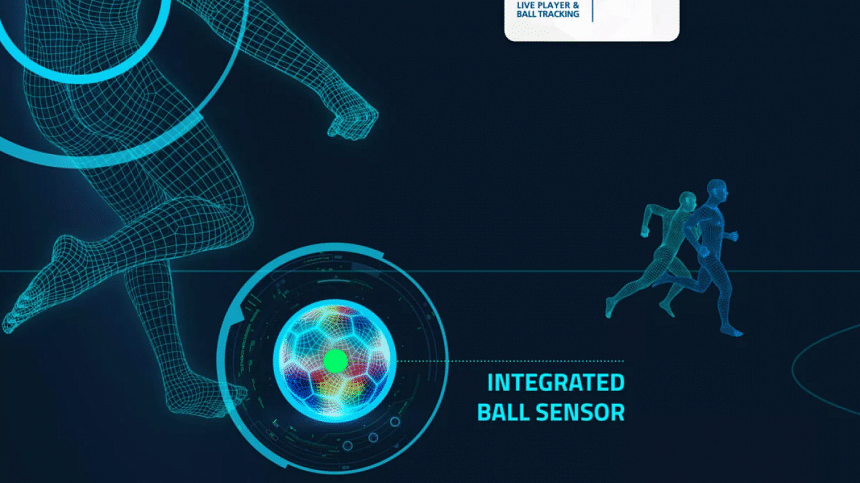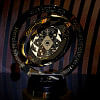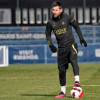FIFA's live ball-tracking technology: How does it work?

The ongoing FIFA World Cup 2022 has been featuring a lot of new and unique technology that has spiced up many game-altering decisions. One such example is the VAR (video assistant referee) technology which has been crucial in determining several offside goals thus far. Aside from the VAR, however, lies another key piece of tech - the live ball-tracking mechanism - the first time the FIFA World Cup is utilising such a tool. Here is what you need to know about the special tracking tech equipped with the official match ball, Al Rihla, in this year's FIFA World Cup.
How does live ball-tracking work?
Designed by KINEXON, a Germany-based AI solutions provider, the balls used in this year's FIFA World Cup contain a lightweight sensor inside them. These sensors, which are built with an inertial measurement unit (IMU) that can utilise ultra-wideband (UWB) radio frequency, can provide real-time spatial positioning and movement information.
The motion tracking of the balls is made possible thanks to KINEXON's signature Local Positioning System (LPS), which is installed around the pitches the matches are being played in. As such, referees and officials can analyse at all times where the ball is going, where players are positioned, where they are moving to and from where, as well as any other instances happening around the field.
KINEXON states on their website that the sensor inside the ball can detect both two and three-dimensional movements, give output in real-time and provide centimetre-accurate calculations with a delay of less than 20 microseconds. As such, making official decisions that affect live gameplay is now easier than ever before.
Furthermore, the sensor inside the ball stays in place thanks to special suspension technology designed by Adidas. The suspension ensures that the sensor stays within the centre of the ball's interior and is not damaged or removed during the game.

How does the ball-tracking help?
KINEXON states on their website that with this live ball tracking technology, it is possible to accurately pinpoint a specific player's individual performance thanks to this automated technology. Analysts can use up-to-date, real-time information to figure out how each player performed, especially during critical situations such as goals, penalties and offsides.
The information provided by the sensors is made available as a comprehensive data package. This includes data concerning distance covered by the ball, the ball's acceleration and speed, how far players sprinted during attacking and defending, what the dribbling speed was at any given time, the speed at which the ball was shot during goals, the passing accuracy of the teams, etc.
The KINEXON tracking sensors also help visualise real-time information for better presentation during live matches. Since the sensors can accurately indicate metrics regarding shots and passes, match statistics can be updated in real-time to enhance the audience's viewing experience.
According to KINEXON, their signature ball tracking solutions were validated by FIFA EPTS testing in September last year. From the 2022 World Cup forward, KINEXON was designated FIFA's first-ever preferred provider of live player and ball tracking.
Additionally, as part of the optical tracking system known as Hawk-Eye, this year's World Cup is utilising 12 tracking cameras placed underneath the roof of the stadium as well as 29 data points to track each player's exact position on the field.
Dubbed the 'semi-automated offside program', the combination of the ball tracker and the VAR technology has made it much easier to make important game decisions whenever required.

 For all latest news, follow The Daily Star's Google News channel.
For all latest news, follow The Daily Star's Google News channel. 









Comments